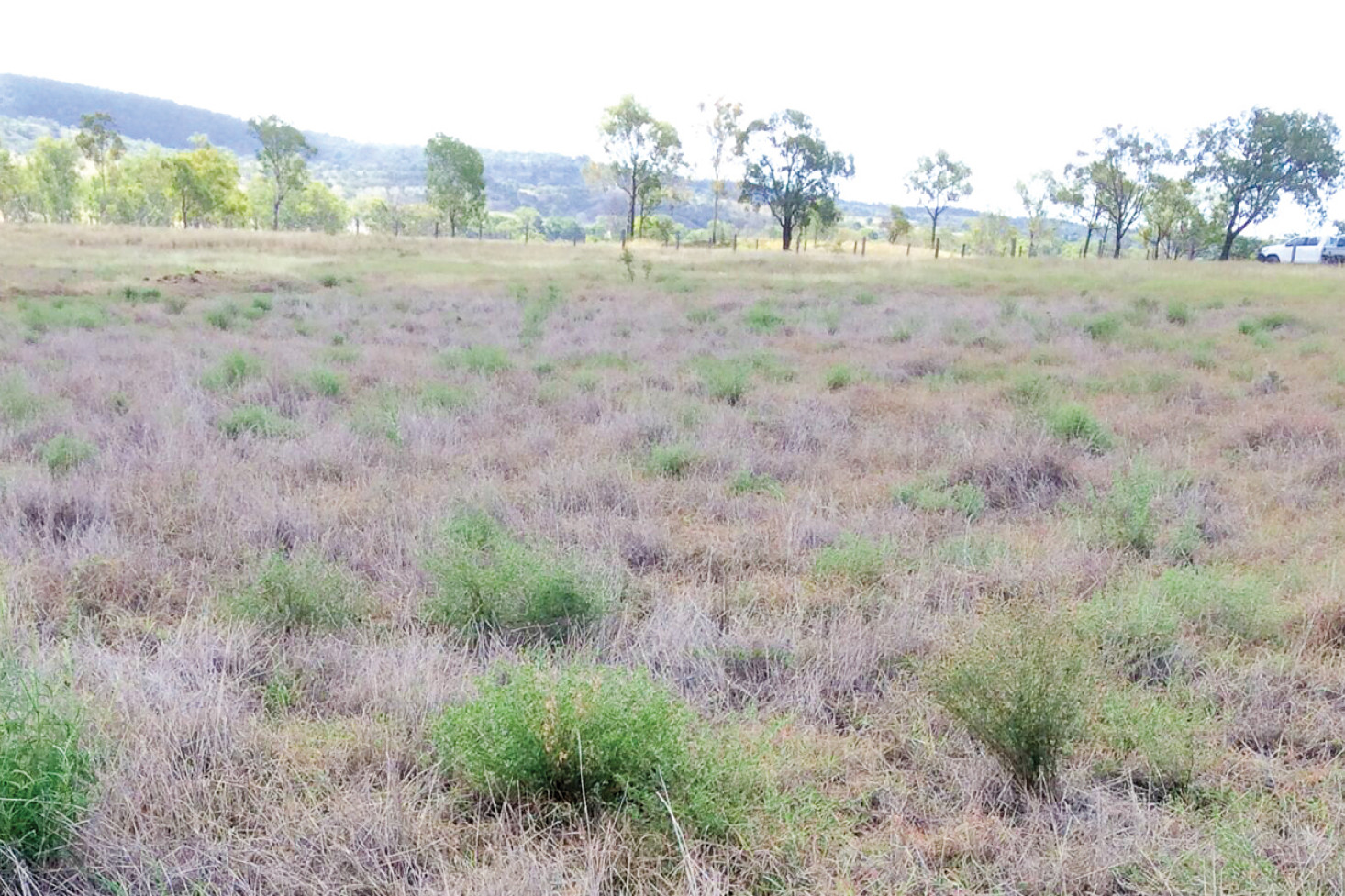Agricultural
18 April, 2024
Pasture dieback spreading in Southern Queensland
Graziers are urged to keep an eye out for pasture dieback, which is continuing to spread to new areas of Queensland including in the state’s south.

According to FutureBeef, a collaboration between Meat & Livestock Australia and state agricultural departments, districts affected by pasture dieback in the 2023/24 summer include Clifton and Nobby.
According to the Queensland Department of Agriculture and Fisheries (DAF), newly affected regions in southern Queensland are as close as Warwick and include Millmerran, Inglewood, Goondiwindi, Charleville, Chinchilla, Injune, Roma and St George.
Queensland Department of Agriculture and Fisheries (DAF) principal agronomist Stuart Buck said pasture dieback has also been detected between these locations and is likely to be present throughout the surrounding districts.
“Pasture dieback generally affects high-yielding sown-grass pastures in regions with more than 600mm of average annual rainfall,” Mr Buck said.
“However, it is now spreading into western districts of southern, central and northern Queensland where there has been good summer rainfall.”
Pasture dieback is caused by pasture mealybug, a sap-sucking insect which is mostly spread by wind.
Pasture dieback is very likely to occur when pasture mealybugs are present in warm and wet conditions with a dense body of susceptible grass.
In March, a few land-holders in the Clifton district met with officers from the Australian Department of Agriculture, Fisheries and Forestry on the Spring Creek floodplain to discuss pasture dieback.
“Graziers should be on the lookout for symptoms during the summer growing season, when pasture dieback is easier to detect,” Mr Buck said.
“Initial symptoms include leaf discoloration and unthrifty growth, before the pasture dies in patches.
“The dead patches are then colonised by broadleaf weeds or legumes—both of which are unaffected by pasture dieback.”
Suspected pasture dieback can be reported through the Pasture Dieback App, which can be downloaded for free from the App Store or Google Play, or by calling DAF on 13 25 23.
“Reporting pasture dieback through our app takes less than 5 minutes,” Mr Buck said.
“By uploading photos and describing the pasture species affected, you will help us better understand the spread of dieback.”
The DAF has a range of dedicated tools and resources to help graziers identify and manage pasture dieback available at futurebeef.com.au/resources/pasture-dieback/


